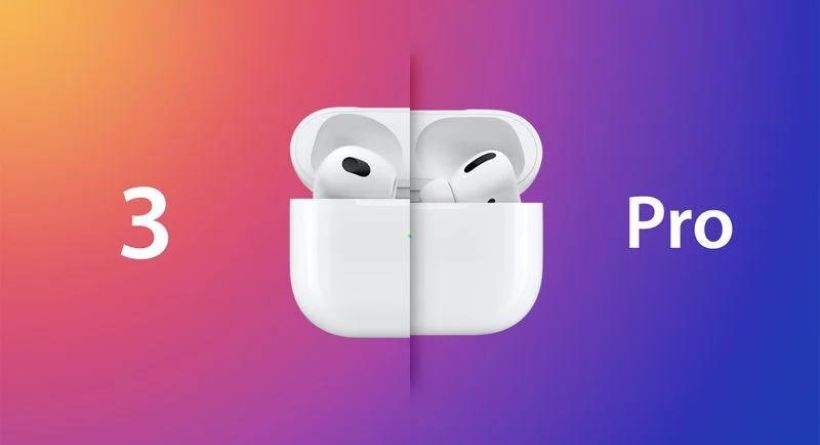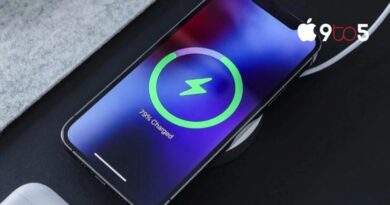AirPods 3 vs. AirPods Pro 1 Buyer’s Guide
Apple released a significant upgrade to the original AirPods in late 2021. The new earbuds have features like spatial audio, adaptive EQ, force sensor controls, sweat and water resistance, MagSafe charging, and more.
Do you need the more expensive, $249 third-generation AirPods Pro or should you think about buying the $179 third-generation AirPods? How to choose which of these pairs of AirPods is ideal for you is addressed in our guide.
The AirPods and AirPods Pro side by side
Numerous significant features, including spatial audio, sweat and water resistance, and the H1 chip, are shared by the AirPods and AirPods Pro. The two smartphones’ similar characteristics are listed by Apple as follows:
Similarities
- Custom Apple driver with high extension
- High dynamic range amplifier that is unique
- Accelerometers that sense movement
- Accelerometers that can detect speech
- Beamforming microphones in pairs
- Microphones that face inward
- Force detectors
- Chip for Bluetooth 5.0 H1
- Head tracking that is dynamic and spatial
- Adjustable EQ
- I’m Siri.
- Switching devices automatically
- Real-time audio
- Headphones’ volume
- Water and sweat resistance IPX4
- Case for MagSafe Charging
- In this instance, five minutes equals around an hour of talking or listening time.
- Option for customised engraving
According to Apple’s analysis, the two pairs of AirPods share a lot of essential characteristics. Nevertheless, there are some notable distinctions between them that need mentioning, such as design and Active Noise Cancellation.
Differences
AirPods
- Semi-in-ear style
- Earbuds with a skin-detect sensor that are IPX4 sweat and water resistant
- Listening duration of up to six hours on a single charge (up to five hours with spatial audio enabled)
- Four hours or more of conversation time on one charge
- Using the charging case, you may listen for up to 30 hours.
- Using the charging case, you can chat for up to 20 hours.
Pro AirPods
- Silicone ear tips with an in-ear design (three sizes)
- Mechanism for equalizing pressure in vents
- Optical sensors with two
- Noise Cancellation Active
- Mode of transparency
- Boost IPX4 sweat and water-resistant earphones for conversation
- Listening duration of up to 4.5 hours on a single charge (up to five hours with Active Noise Cancellation and Transparency off)
- 5 hours of conversation time are possible on a single charge.
- Use the charging case for listening for more than 24 hours.
- Using the charging case, you can chat for more than 18 hours.
Design
The regular AirPods are intended to effortlessly attach into the wearer’s ears. On the other hand, the AirPods Pro include in-ear silicone tips that must be placed into the ear canal. In addition, the AirPods Pro are a little bit bigger and heavier than the regular AirPods.
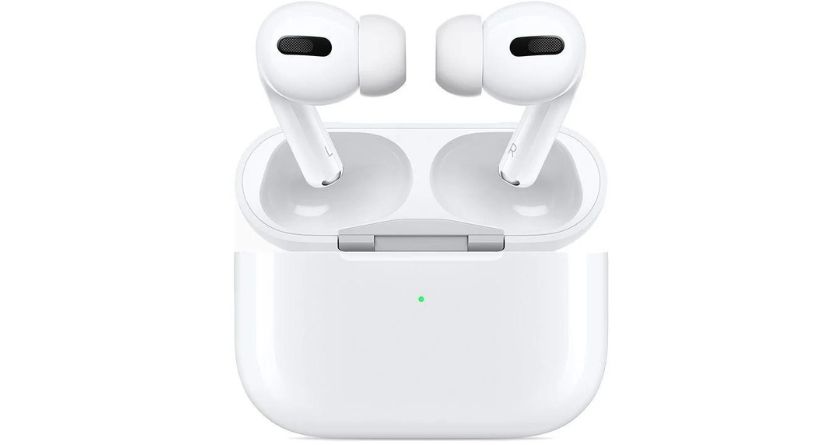
In order to increase audio quality and activate Active Noise Cancellation (ANC), the AirPods Pro’s silicone tips must form a tight seal in the ear canal. Apple includes three different tip sizes in the package and provides a fit test in the Settings app.
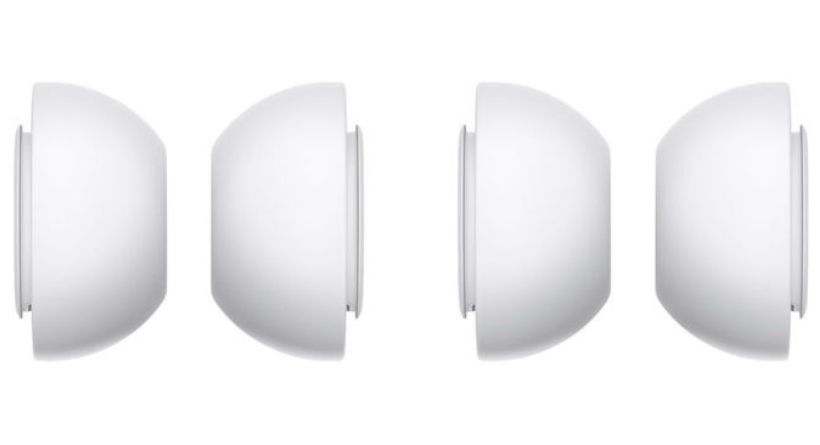
Some users may prefer the less obtrusive feel of the basic AirPods if the silicone tips are not comfortable being pushed far into their ears. Except for the silicone tips, both pairs of AirPods have a remarkably identical appearance.
Noise Cancellation Active
The AirPods Pro’s silicone tips provide a seal that allows Active Noise Cancellation to drastically lower background noise levels. Transparency mode is activated by holding down the force sensor on one of the earphones when you wish to allow sound from the outside world in.
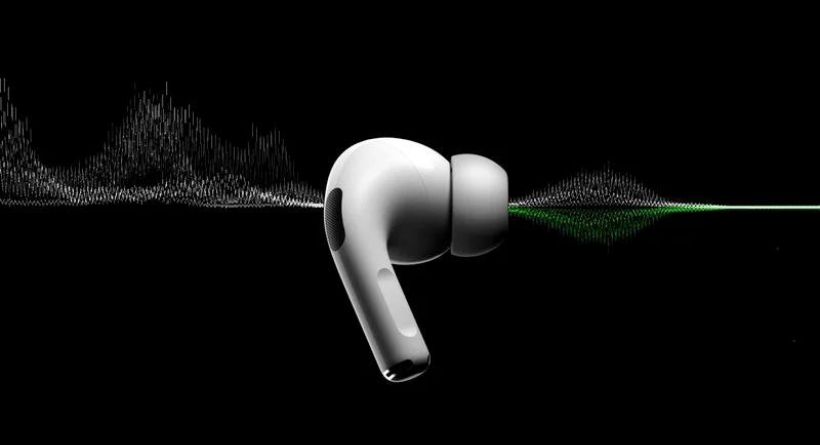
The AirPods Pro’s capacity to cancel out background noise will come in handy if you want to use your earphones in noisy areas like public transportation. This will allow you to concentrate on your music playing. ANC is not available on the basic AirPods.
In-Ear Monitoring
In order to more precisely determine if AirPods are in the ear and halt playing, the basic AirPods use a brand-new skin-detect sensor. In order to prevent it from mistaking pockets, tables, or other surfaces for skin, the new skin-detect sensor detects the water content in the wearer’s skin.
The AirPods Pro employ two optical sensors rather than skin-detect sensors in each earbud to determine if they are in the user’s ear. The optical sensors may detect when they are against a surface or covered, rather than particularly detecting skin, even though they essentially serve the same purpose. As a result, music may unintentionally restart if you place an AirPods Pro earpiece in a pocket or on a surface.
Sweat and Water Resistant IPX4
The basic AirPods’ MagSafe charging case is likewise IPX4-rated, and both the AirPods and the AirPods Pro earphones are sweat- and water-resistant.

Increased conversation
With its new Conversation Boost accessibility function, iOS 15 aims to improve conversation comprehension for those with modest hearing impairments. The function increases the loudness of someone speaking in front of you using beam-forming microphones, making it simpler for you to listen to someone who is chit-chatting with you. Conversation Boost is a function that is exclusive to the AirPods Pro and is not accessible with the regular AirPods.

A battery’s life
The AirPods Pro have a lower listening duration than the ordinary AirPods since Active Noise Cancellation, Transparency, and spatial audio are deactivated. With the charging case, the basic AirPods may provide an additional six hours of listening time.
The basic AirPods have a talk time advantage of 30 minutes over the AirPods Pro while making calls, and a talk time advantage of two hours when utilising the charging case. The AirPods provide the greatest battery life, but generally there isn’t much of a difference between the two pairs of earphones in terms of battery life.
Alternative AirPods Models
The second-generation AirPods, which start at $129, are an option if you want AirPods but the most recent third-generation model is out of your price range. These lack force sensors, spatial audio, sweat and water resistance, and the ability to charge wirelessly or using MagSafe.
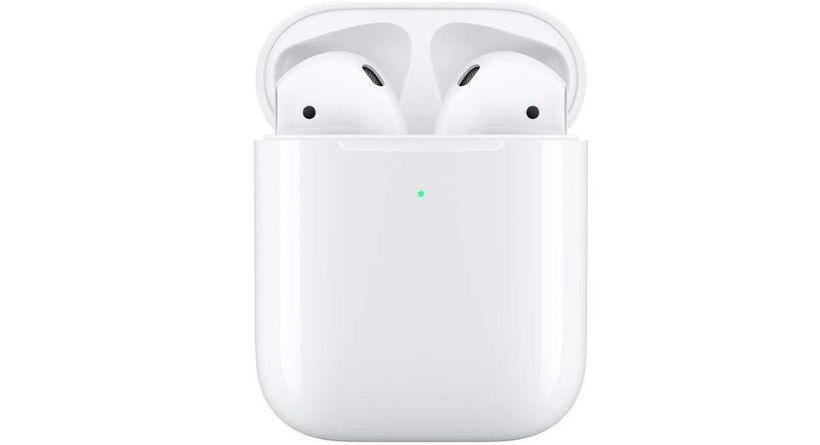
They still have the H1 chip, Hey Siri, automated device switching, motion and voice detecting accelerometers, Bluetooth 5.0, twin beamforming microphones, and up to five hours of playback duration on a single charge. With the charging case, they can playback for up to 24 hours. The third-generation AirPods, if you can afford them, will still be worth the additional $50 for the majority of customers.

The $549 AirPods Max are available for a greater level of audio quality. With higher sound quality, greater Active Noise Cancellation (ANC), and up to 20 hours of listening on a single charge, these over-ear headphones elevate the listening experience.
Final Reflections
With practically all of the same capabilities available at a cheaper pricing point, the basic AirPods are now quite comparable to the AirPods Pro. The third-generation AirPods should thus be the most common option for potential customers.
Only get the AirPods Pro if you need Active Noise Cancellation or prefer the comfort of in-ear silicone tips. If you plan on taking use of Apple’s Conversation Boost accessibility function, the AirPods Pro are also an excellent investment.
The Pro version of AirPods may be more worthwhile if you can take advantage of one of the periodic reductions to $199 or even lower via Amazon and other third-party vendors. Make sure you are purchasing the correct version of the AirPods Pro since they have just undergone a MagSafe alignment for the charging case but other modifications have not been made. It is always worthwhile to shop around for the best price using our Deals roundup since the regular AirPods often get significant reductions.
The third-generation AirPods are a fantastic option if you already own AirPods Max, which have ANC, and are searching for a second set of headphones to use when exercising or travelling.
The second-generation AirPods Pro have replaced the first-generation model, which is more than three years old. Much more recent and not expected to be upgraded or replaced anytime soon are the third generation AirPods. Consider the age of the first-generation AirPods Pro when making your purchase if you want to retain your AirPods for a number of years.

